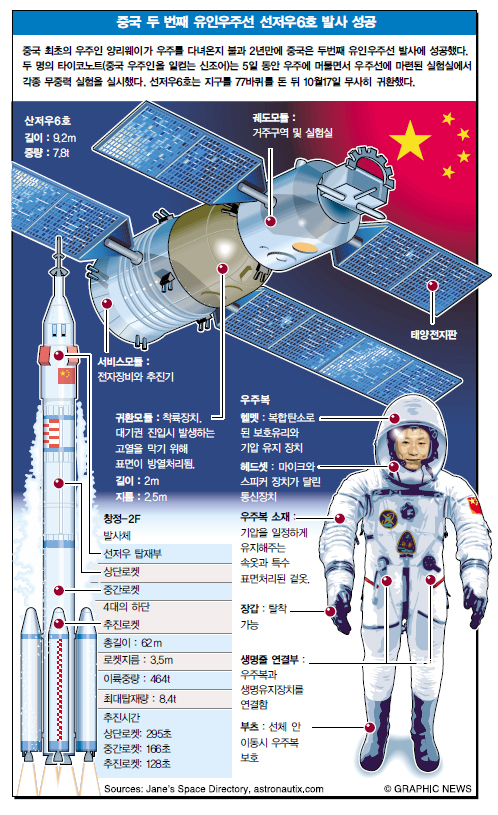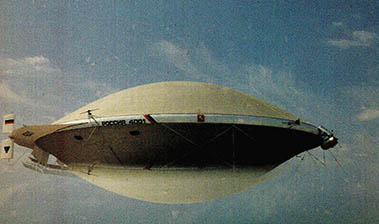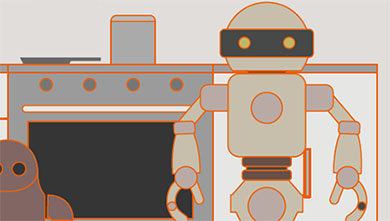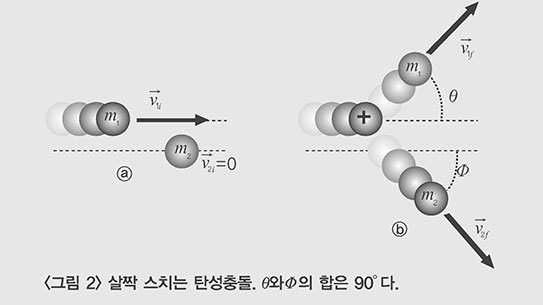과학적 연구를 하는 영광중의 하나는 제 아무리 튼튼히 토대를 굳힌 그 어떠한 과학적 믿음도 정말 일반적으로 타당한지 지속적으로 시험된다는 것이다. 유고슬라비아의 케케즈가 지휘하는 과학자팀은 바로 이러한 시험을 소위 "배타의 원리"에 가하였다. 그리고 그 원리는 여전히 지켜졌다.
이야기는 덴마크의 물리학자인 닐스 보어가 새로운 '양자이론'을 원자에 적용했던 지난 1913년부터 시작한다. 그는 원자내의 전자들은 특정한 궤도들 외의 다른 궤도들엔 위치하지 못함을 보여주었다. 이는 원자들이 에너지를 흡수하고 발산하는 방법들을 설명하는데 아주 적절했다.
보어는 이로 인해 1922년 노벨상을 수상했으나 그의 이론은 시작부터 약간 거칠어, 세월이 지나면서 원자의 에너지 흡수와 발산의 보다 섬세한 방법들을 설명코자 확장되고 정교화 되어 왔다.
그러다가 1925년에 오스트리아의 물리학자인 볼프강 파울리는 같은 궤도안의 전자는 두개 이상일 수 없으며 이 두 전자는 서로 반대방향으로 회전할 때만 공존할 수 있다고 지적하였다. 그렇다면 두 전자가 서로 반대로 회전하는 궤도에서는 다른 전자들은 철두철미하게 배제될 수밖에 없으며 따라서 이러한 파울리의 규칙은 배타의 원리라고 불려졌다.
배타의 원리는 아주 유효한 것으로 밝혀지게 되었다. 모든 유형의 원자들이 갖는 성격을 그들의 화학적 구조, 에너지 관계와 연관지어 설명한 것이다. 즉 원소의 주기율(화학자들은 그 가치를 높이 평가한다)을 완벽하게 설명해 준 셈이다.
시간이 지나면서 양자 이론은 매우 섬세히 다듬어졌으며 전자들의 궤도가 태양을 중심으로 한 행성들의 궤도와 같은 것으로 이해될 수 없음도 밝혀졌다. 대신 전자의 현상은 마치 애매모호한 파도의 혼합물처럼 여겨짐으로써 오로지 수학공식으로만 표현될 수 있다고 이해되었다. 그럼에도 불구하고 파울리의 배타의 원리는 전자뿐만 아니라 양성자와 '페르미온'이라 불리는 입자들의 경우에도 지켜져 왔다.
그러나 과학자들은 왜 배타의 원리가 존재해야만 하는지를 알지 못하였다. 그 원리가 존재하고 또한 우주의 존재를 설명한다 해도 가끔씩이라도 전자나 다른 입자들이 들어가서는 안될 궤도로 침입할 수도 있지 않은가 말이다. 그런 사례가 너무 가끔씩 일어나는 바람에 유심히 지켜보지 못했던 과학자들이 아직 그 사실을 인식하지 못하는것은 아닐까.
이러한 이유 때문에 과학자들은 배타의 원리가 어겨질 경우 무슨 일이 발생할는지를 타진하여 보았다. 예상밖의 방사선을 유출시켜 "금지된" 상황을 만드는 경우도 있을 수 있는 것이다. 그래서 과학자들은 배타의 원리를 어겼다고 볼 수 있는 조건하에서 조그마한 방사선이라도 발견할 수 있을까 하고 매우 세심하게 실험과정을 설계하였다.
예를 들어 원자핵 외곽의 전자는 아주 가끔씩 핵을 향해 침몰되며 그 핵에서 양성자와 함께 중성자를 생산한다. 배타의 원리는 이를 금하지만 만일 그러한 상황이 전개되면 뜻밖에도 감마선이 산출되는 것이다.
케케즈와 그의 연구팀은 알프스 산맥의 몽블랑에서 '액체 신틸레이션 탐지기'를 이용하였다. 거기서 그들은 핵현상이 일어날는지도 모르는 상황에 대비하여 지난 6년동안 90t의 수소 액체를 가지고 연구했다. 배타의 원리를 위반함으로부터 발산될 미미한 방사선이라도 이 수소 액체에 나타날 것이라고 기대했기 때문이었다.
결과는 이러했다. 핵 반응은 불규칙적으로 발생하더라도 배타 원리를 어길 확률은 1:1,000,000,000,000,000,000,000,000,000,000,000보다 낮다는 것이다. 이는 10억x1조x1조의 하나꼴에 불과하다.
뿐만 아니라 이 확률은 최대한계선임을 알아야 한다. 케케즈와 그의 연구팀이 이야기하는 바는 그보다. 높은 확률로 배타의 원리가 위반되지는 않는다는 것이다. 실제로 예외가 나타날 확률은 보다 적어 0에 가까울 수 있으며 따라서 배타의 원리는 아직도 유효함이 밝혀졌다.
그러나 과학자들은 여전히 위반사례를 찾고자 시도하고 있다. 사실 케케즈와 그의 연구팀의 연구는 지구상의 조건에 국한되었다. 어쩌면 보다 극한 조건하께서는 배타의 원리가 쉽게 무너질는지도 모른다.
예를 들어 태양은 중성미자라는 입자를 생산하지만 과학자들이 기대하는 양에 훨씬 못 미친다. 어떤 이들은 태양 중심부의 극한 조건에서는 배타의 원리가 잘 적용되지 못함으로써 중성미자의 부족현상이 나타나는지도 모른다고 추측한다.
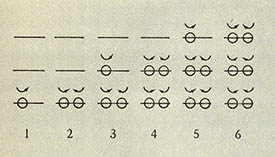
One of the glories of scientific endeavor is that any scientific belief, however firmly established, is constantly being tested to see if it is truly universally valid. This has now been done in connection with something called "the exclusion principle", by a group of scientists led by D. Kekez of Yugoslavia. The principle has survived.
The story begins in 1913, when the Danish physicist, Niels Bohr, applied the new "quantum theory" to the atom. He showed that within each atom there were electrons that could only take up certain orbits and no others. This accounted very nicely for some of the ways in which atoms absorbed and emitted energy.
Bohr got a Nobel Prize in 1922 for this but his theory was rather crude to start with, and, as the years passed, it was extended and refined to account for still finer points in the way atoms absorbed and emitted energy.
Finally, in 1925, the Austrian physicist, Wolfgang Pauli, pointed out that no more than two electrons could be in exactly the same orbit, and those two could only co-exist there if they spun in opposite directions. In this way, electrons were absolutely excluded from orbits that already contained a pair of electrons of opposite spin, and Pauli's rule was therefore called the exclusion principle.
The exclusion principle turned out to be extraordinarily useful. It explained the properties of all the different atoms, in connection with both their chemistry and their energy relationships. It explained the periodic table of the elements(something chemists greatly value) and did so perfectly.
As time continued to pass, the quantum theory was greatly refined and it become impossible to think of electron orbits in the way we think of planetary orbits around the sun. Instead, the nature of electrons become a vague melange of waves that could only be described by mathematical relationships. Nevertheless, Pauli's exclusion principle continued to hold, not only for electrons, but also for protons and for all other particles classified as "Fermions."
Even so, scientists could not see why the exclusion principle had to exist. Even if it did exist and supported the universe, might there not be an occasional instance, when an electron or some other particle subject to the principle, might force its way into an orbit in which it shouldn't be. It might do this so rarely that scientists, not watching for it, would never notice.
For that reason, scientists try to calculate what might happen if the exclusion principle were violated. Certain events would occasionally happen in certain "forbidden" ways, giving off radiation that should not be given off. They therefore design very careful experiments in which a very occasional bit of radiation might be detected under conditions that would indicate a violation of the exclusion principle.
For instance, an electron outside the atomic nucleus might, on very rare to produce a neutron. The exclusion principle forbids proton there to produce a neutron. The exclusion principle forbids this, but if it happens, a gamma ray is produced that shouldn't be.
Kekez and his group used the "Liquid Scintillation Detector" at Mont Blanc in the Alps. There they had 90 tons of liquid hydrogen which had been studied for six years for what nuclear events might take place. Any evidence of odd bits of radiation arising from violations of the exclusion principle would show up.
The final decision came to this. If nuclear events are taking place at random, not more than 1 in 1,000,000,000,000,000,000,000,000,000,000,000 would violate the exclusion principle. That's one event in 10 billion trillion trillion.
Mind you, this is an upper limit. What Kekez and his group are saying is that there are no violations with a greater chance of taking place than that. The actual chance of violation might be much less, and might even be zero, so the exclusion principle is still safe.
Nevertheless, scientists will continue looking for violations. After all, Kekez and his group have dealt with conditions right here on Earth. Perhaps under more extreme conditions, the exclusion principle is more easily violated.
For instance, the sun produces particles called neutrinos, but it produces far fewer neutrinos than scientists expect it to. Someone suspect that in the extreme conditions of the sun's center, the exclusion principle might not hold very well and that this might lead to a neutrino shortage.
(c) 1991, Los Angeles Times Syndicate








